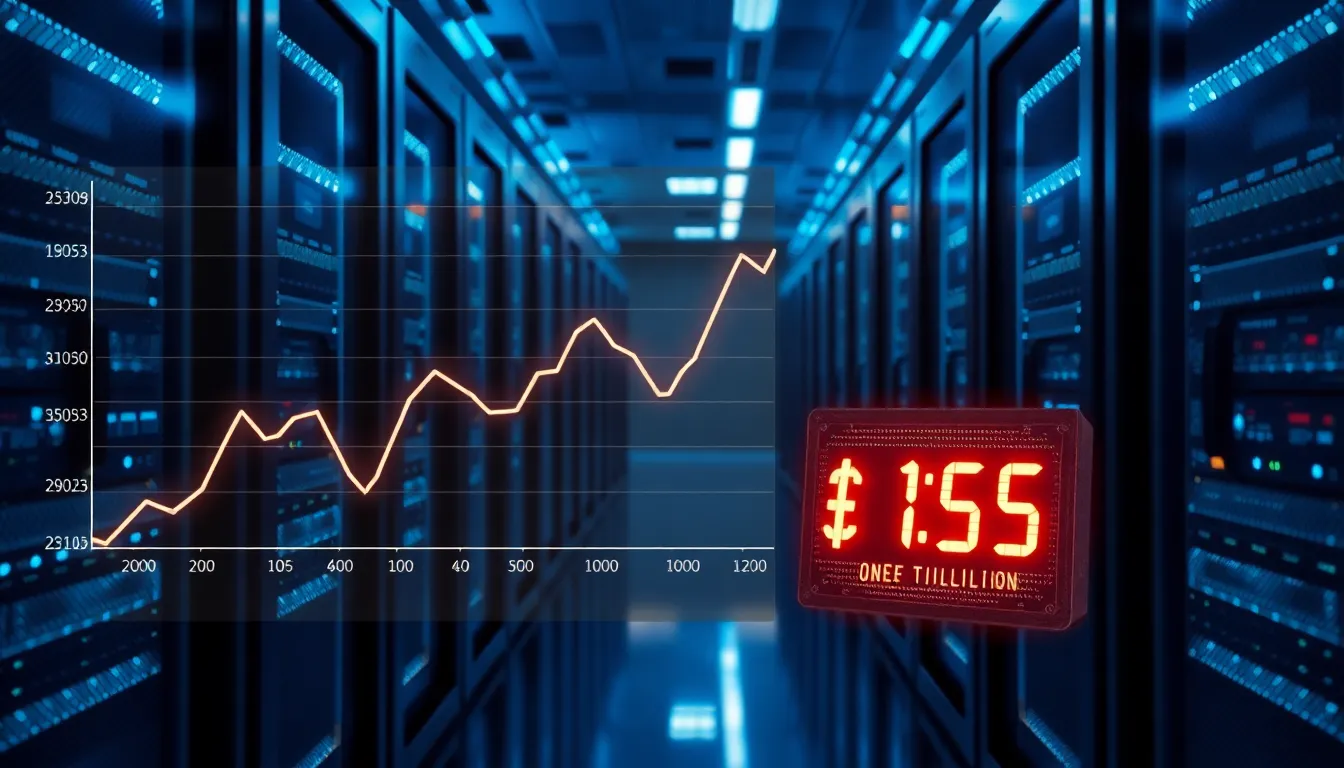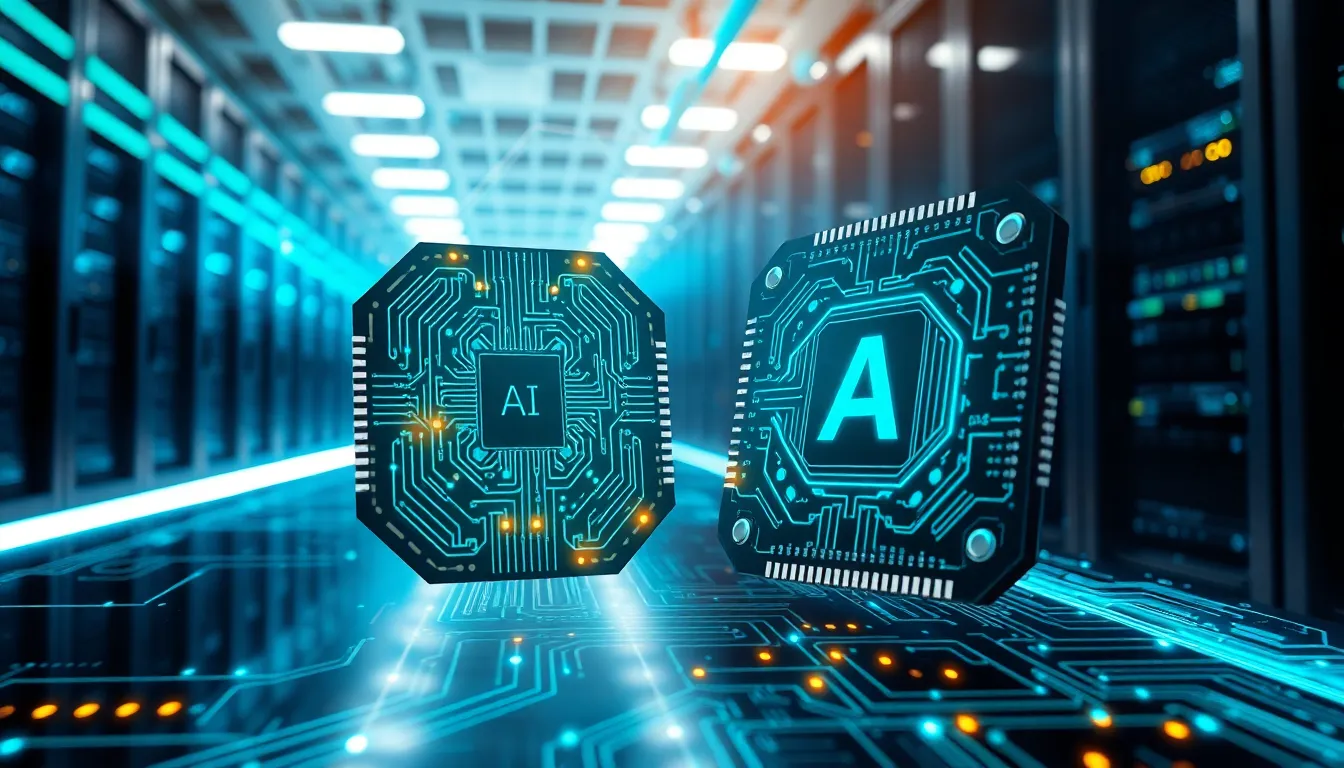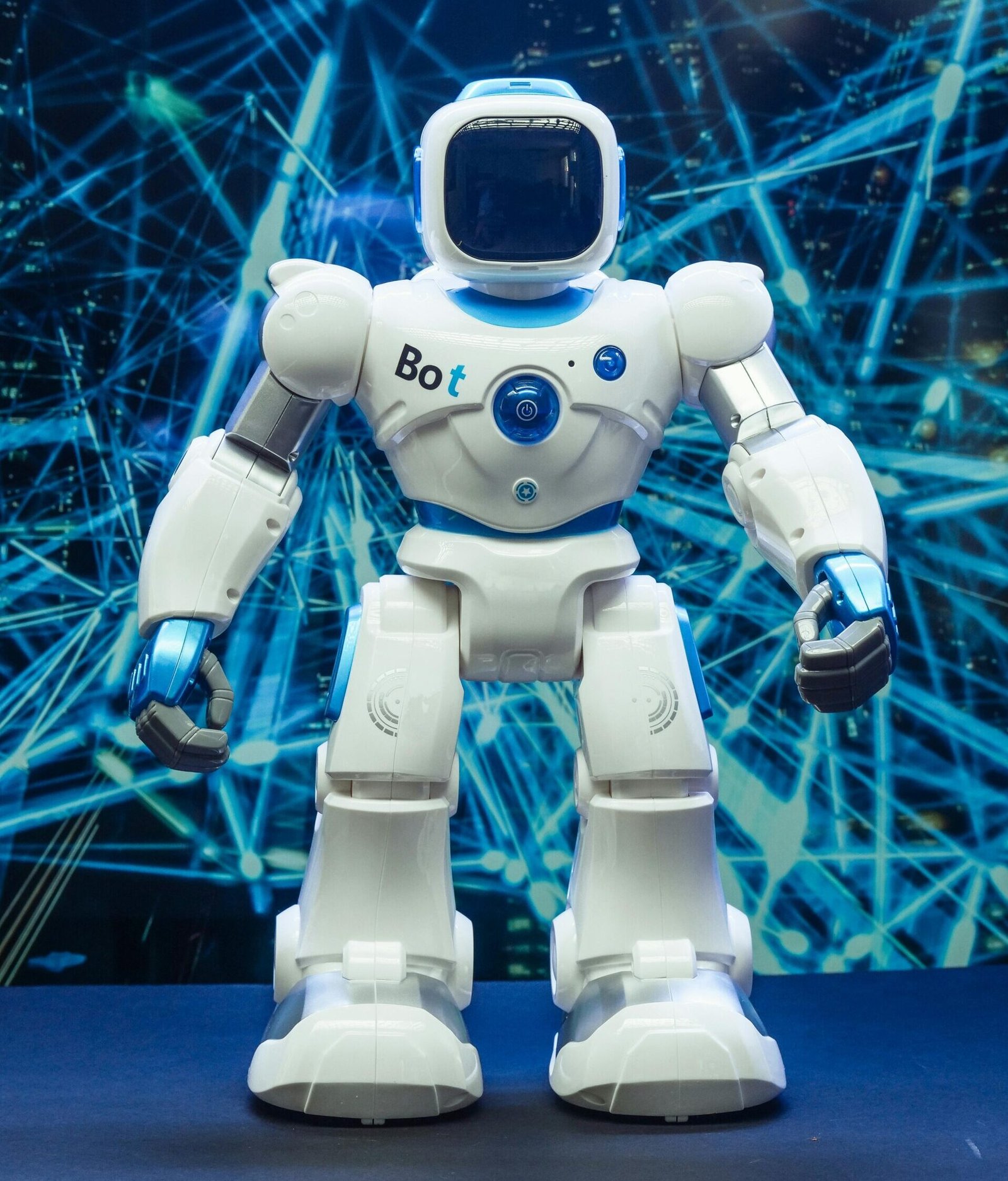The question many in AI are asking: How long before a GPU depreciates? A significant financial debate rages as major AI companies project a six-year useful life for their computing equipment, contrasting sharply with analysts who estimate a mere two to three years due to rapid innovation, though real-world demand often extends the practical value of existing hardware.
Key Implications
- Financial Reporting Divergence: Major AI infrastructure companies project a six-year useful life for their hardware, significantly longer than the two-to-three-year period proposed by financial analysts, which directly impacts corporate profit calculations and investor confidence.
- Hardware Lifecycle Dynamics: Despite the rapid obsolescence driven by annual chip releases from companies like Nvidia, real-world data shows older GPU models like the Nvidia A100 and H100 maintain high utilization and substantial resale value, challenging simplistic depreciation models.
- Data-Driven Asset Valuation: Companies are implementing data-driven six-year depreciation cycles for AI hardware, using concrete utilization and re-booking rates to create more accurate financial models that reflect practical asset longevity rather than theoretical obsolescence.

AI Hardware Lifespan: Corporate Six-Year Estimates vs. Two-Year Analyst Views
The Depreciation Dilemma in AI Investment
A critical financial divergence currently impacts planned investments in artificial intelligence infrastructure. Major AI companies publicly project a useful life of up to six years for their computing equipment. However, financial analysts propose a significantly shorter depreciation period for server hardware.
This discrepancy raises a fundamental concern: the question everyone in AI is asking: How long before a GPU depreciates? Accurate depreciation modeling is crucial given the substantial financial commitments. World-leading companies plan to spend $1 trillion over the next five years on AI data centers.
Contrasting Lifespan Projections: Corporate vs. Analyst
The estimated useful life of AI hardware varies significantly between key industry players and financial observers. Leading technology firms present optimistic projections for their cutting-edge equipment. Analysts, conversely, offer a more conservative outlook based on typical server lifecycles.
| Perspective | Estimated Useful Life | Key Source/Context |
|---|---|---|
| Major AI Infrastructure Companies | Up to six years | Google, Oracle, and Microsoft publicly project this lifespan for their AI computers. |
| Microsoft (Annual Filing) | Two to six years | Microsoft’s latest annual filing specifies this range for its computer equipment. |
| Financial Analysts | Two to three years | Short seller Michael Burry pegs the actual useful life of server equipment at this duration. |
This stark contrast impacts how these immense investments are viewed financially. The varying assessments highlight different approaches to asset valuation and technological obsolescence.
Financial Stakes of Accurate Depreciation Modeling
The significant divergence in estimated GPU useful life directly impacts corporate profit calculations and investor confidence. Companies leveraging longer depreciation schedules may report higher initial profits, influencing market perception. However, an accelerated obsolescence rate could lead to unexpected write-downs.
Investors rely on accurate financial reporting to assess the long-term viability and profitability of these ventures. The planned $1 trillion investment in AI data centers underscores the immense financial stakes involved. Understanding the actual useful life for AI hardware, and therefore answering the question everyone in AI is asking: How long before a GPU depreciates?, is paramount for transparent financial health and sustained investor trust. For more context on these monumental investments, explore insights on Nvidia’s landmark moves in AI dominance.

Annual Chip Releases Accelerate AI Hardware Obsolescence
The Rapid Evolution of AI Hardware Lifespans
The unprecedented pace of technological innovation in AI chips is fundamentally altering asset valuation and operational planning within the technology sector. This acceleration actively shortens the effective useful life of AI hardware, compelling organizations to adapt their investment strategies. Consequently, the critical question of how long before a GPU depreciates has become a central concern for IT departments and financial officers alike. Evidence for this shift is clear, with industry leaders like Nvidia adopting more frequent product releases and Amazon adjusting its infrastructure depreciation schedules.
Accelerated Release Cycles and Market Impact
Nvidia, a dominant force in AI hardware, has dramatically increased its product development cadence. The company now releases new AI chips on an annual basis, a significant change from its previous two-year product cycle. This intensified innovation pressure directly reduces the practical lifespan of existing hardware, creating a rapid turnover environment. Nvidia CEO Jensen Huang underscored this reality, stating that once new Blackwell chips ship in volume, the preceding Hopper architecture would become “nearly worthless.” He noted there would be “not many” circumstances where Hopper chips would still be considered optimal for advanced applications. This aggressive innovation cycle forces businesses to continuously upgrade, impacting their depreciation models and overall technology investment strategy. Nvidia’s landmark moves in this arena highlight the relentless drive for performance.
Financial Repercussions: Depreciation and Revenue Growth
The financial implications of this rapid technological advancement are substantial, prompting companies to revise their accounting practices. Amazon, a major cloud service provider, recently decreased the useful life for a subset of its servers from six years to five years in a February filing. This revision explicitly cited “an increased pace of technology development, particularly in the area of artificial intelligence and machine learning” as the primary driver. Such adjustments reflect a realistic understanding of how long before a GPU depreciates in a rapidly evolving computational landscape. The market’s response to these innovations is also evident in Nvidia’s remarkable financial performance. Its annual data center revenue surged from $15 billion to an astonishing $115 billion in the fiscal year that ended in January. This exponential growth underscores the immense demand for cutting-edge AI hardware and the swift adoption cycle prevalent across industries. Consequently, businesses must factor in rapid obsolescence when planning long-term AI infrastructure investments. The future of AI investments hinges on understanding these dynamic market forces. AI’s impact across diverse fields consistently drives this demand for updated hardware.

Older AI GPUs Maintain High Value and Demand Amidst Market Volatility
The question everyone in AI is asking: How long before a GPU depreciates? Recent market trends offer a nuanced perspective, effectively challenging simplistic depreciation models. Despite significant stock plunges for AI infrastructure companies, older-generation AI GPUs continue to demonstrate robust demand and retain substantial value in the short term.
Real-World Utilization Defies Conventional Depreciation
CoreWeave, a key player in AI infrastructure, implemented a six-year depreciation cycle for its hardware assets starting in 2023. This strategic decision stems from data-driven insights rather than traditional, shorter technology write-off schedules. Real-world utilization data consistently validates this extended lifecycle for high-performance computing components.
Specific examples underline this trend. CoreWeave’s Nvidia A100 chips, originally launched in 2020, are currently fully booked, indicating sustained, high demand for a GPU model several years into its operational life. Furthermore, a batch of Nvidia H100 chips from 2022 recently became available after a contract concluded.
- These H100 chips were immediately re-booked at an impressive 95% of their original price.
These instances collectively showcase how particular older GPU models maintain high utilization rates and command significant resale value. Consequently, this performance suggests a more intricate depreciation curve than a straightforward linear decline, emphasizing continued utility over mere age.
Market Volatility Versus Tangible Asset Value
The strong demand and sustained value of these essential AI GPUs exist paradoxically alongside considerable financial market volatility. CoreWeave shares, for example, experienced a sharp 16% plunge after its latest earnings report. The company’s stock has also decreased 57% from its peak reached in June of the previous year.
Similarly, Oracle shares witnessed a notable downturn, plummeting 34% from their record high recorded in September. This marked disparity highlights a critical distinction between market sentiment driving company valuations and the intrinsic, enduring value of tangible AI compute assets. Therefore, the financial market’s assessment of infrastructure companies does not always directly mirror the operational longevity or persistent demand for their core hardware.
Data-Driven Depreciation Strategies and Future Outlook
CoreWeave’s adoption of a six-year depreciation cycle is fundamentally data-driven. This approach relies on concrete, real-world booking and pricing data derived from GPUs such as the Nvidia A100 and H100. This methodology consequently offers a pragmatic response to how long before a GPU depreciates, moving beyond purely theoretical assumptions to reflect actual market conditions.
The continued relevance and high secondary market value for these older GPUs underscore their critical role in the rapidly advancing AI ecosystem. Companies with direct access to such granular utilization metrics can implement more precise and financially sound depreciation schedules. This foresight ensures optimized asset management and robust long-term planning for vital AI infrastructure, contributing to the broader landscape of AI dominance and innovation.
Featured image generated using Flux AI
CNBC: "THE QUESTION EVERYONE IN AI IS ASKING: HOW LONG BEFORE A GPU DEPRECIATES?"
Microsoft: "latest annual filing"
CNBC: "Nvidia (NVDA) earnings report Q4 2025"
Amazon: "February filing"
